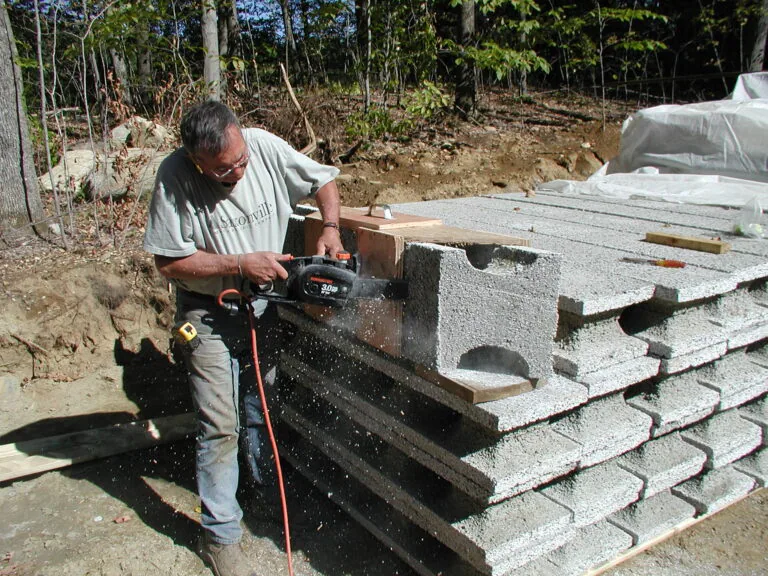Hiring a good contractor is essential to a successful project. It is a role that requires a range of skills. I’ve done it myself, I’ve been on the other side as a customer, and I work on the third side as an Architect. With the type of work we do, I find that there are essentially two types of contractors: The Builder and The Manager. Each has their own set of skills and challenges, and an individual often wears both hats. In broad strokes, The Builder is on site every day laying out dimensions, hammering nails, receiving supplies, working hands-on with his crew and various subcontractors– in short, making things. The Manager does everything else, including getting the work, estimating, managing the customer, architect, crew & subcontractors, scheduling, ordering materials– in short, overseeing the project.
